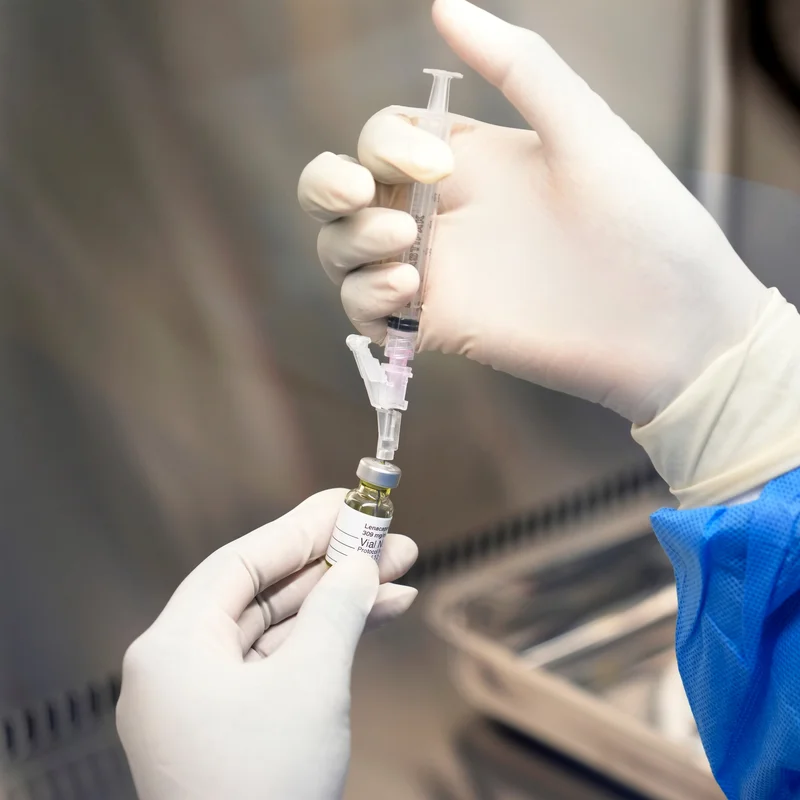Dr. Shruthi Mahalingaiah was on the verge of a breakthrough. As a reproductive endocrinologist and environmental health researcher at Harvard, she had spent years investigating a troubling hypothesis: that everyday exposure to air pollution might be quietly eroding women’s fertility. Her early findings were compelling—so much so that she secured federal funding to expand her work. But just as her research gained momentum, the grant was abruptly canceled. No detailed explanation. No appeal process. Just silence.
Air Pollution and Infertility: The Science Behind the Link
Air pollution and infertility may seem like distant concerns, but Dr. Mahalingaiah’s work suggests they’re deeply intertwined. In prior studies, she found that women living in areas with higher levels of fine particulate matter (PM2.5) and nitrogen dioxide (NO₂)—common byproducts of traffic and industrial activity—were more likely to experience irregular menstrual cycles, reduced ovarian reserve, and longer time-to-pregnancy.
“These aren’t just statistical blips,” she explained in a recent interview. “We’re seeing biological plausibility—oxidative stress, systemic inflammation, hormonal disruption—all triggered by pollutants we breathe every day.”
Her canceled grant would have supported a large-scale, multi-year study tracking thousands of women across diverse U.S. regions, correlating real-time air quality data with fertility biomarkers and pregnancy outcomes.
Why Was the Grant Canceled?
The official reason? Budget reallocation. But sources familiar with federal research funding say the timing is suspicious. The cancellation came just weeks after Mahalingaiah presented preliminary data at a National Institutes of Health (NIH) symposium linking long-term PM2.5 exposure to a 20% higher risk of anovulation—a condition where ovaries don’t release eggs.
“When science intersects with industry or policy, things get complicated,” said Dr. Elena Rodriguez, an environmental epidemiologist not involved in the study. “Fertility is personal. Air quality regulation is political. Combine them, and you’ve got a lightning rod.”
What the Research Shows So Far
While Mahalingaiah’s full study was halted, existing literature supports her concerns:
- A 2023 meta-analysis in Human Reproduction Update found consistent associations between air pollution and reduced fecundability (the monthly probability of conception).
- A Harvard-led cohort study showed women exposed to high NO₂ levels had 15% lower odds of live birth during IVF cycles.
- Animal studies confirm that PM2.5 can cross the blood-follicle barrier, damaging egg quality and accelerating ovarian aging.
Table: Key Pollutants and Their Potential Impact on Female Fertility
| Pollutant | Common Sources | Observed Fertility Effects |
|---|---|---|
| PM2.5 (Fine Particulate Matter) | Vehicle exhaust, power plants, wildfires | Irregular cycles, reduced ovarian reserve, higher miscarriage risk |
| Nitrogen Dioxide (NO₂) | Traffic, gas stoves, industrial combustion | Lower IVF success rates, delayed conception |
| Ozone (O₃) | Photochemical smog (urban areas) | Increased oxidative stress in reproductive tissues |
| Polycyclic Aromatic Hydrocarbons (PAHs) | Diesel exhaust, tobacco smoke, grilled food | DNA damage in oocytes, endocrine disruption |
A Broader Pattern of Silenced Science?
Mahalingaiah isn’t alone. Over the past two years, at least seven NIH-funded environmental health projects with reproductive endpoints have faced sudden defunding or administrative delays—often without transparent justification.
Advocacy groups like the Union of Concerned Scientists warn this reflects a growing trend of “research chilling,” where politically sensitive topics—especially those implicating fossil fuels, urban planning, or industrial emissions—are quietly deprioritized.
“Reproductive health is a canary in the coal mine for environmental toxicity,” said Dr. Mahalingaiah. “If we ignore these signals, we’re not just risking individual pregnancies—we’re jeopardizing generational health.”
What’s Next for the Research?
Undeterred, Mahalingaiah is seeking private foundation support and exploring international collaborations. She’s also advocating for policy changes, including stricter air quality standards near schools and residential zones.
Meanwhile, women concerned about their exposure can take practical steps: using HEPA air purifiers at home, avoiding high-traffic areas during peak hours, and supporting clean energy initiatives.
“We deserve answers,” she said. “Not silence.”




